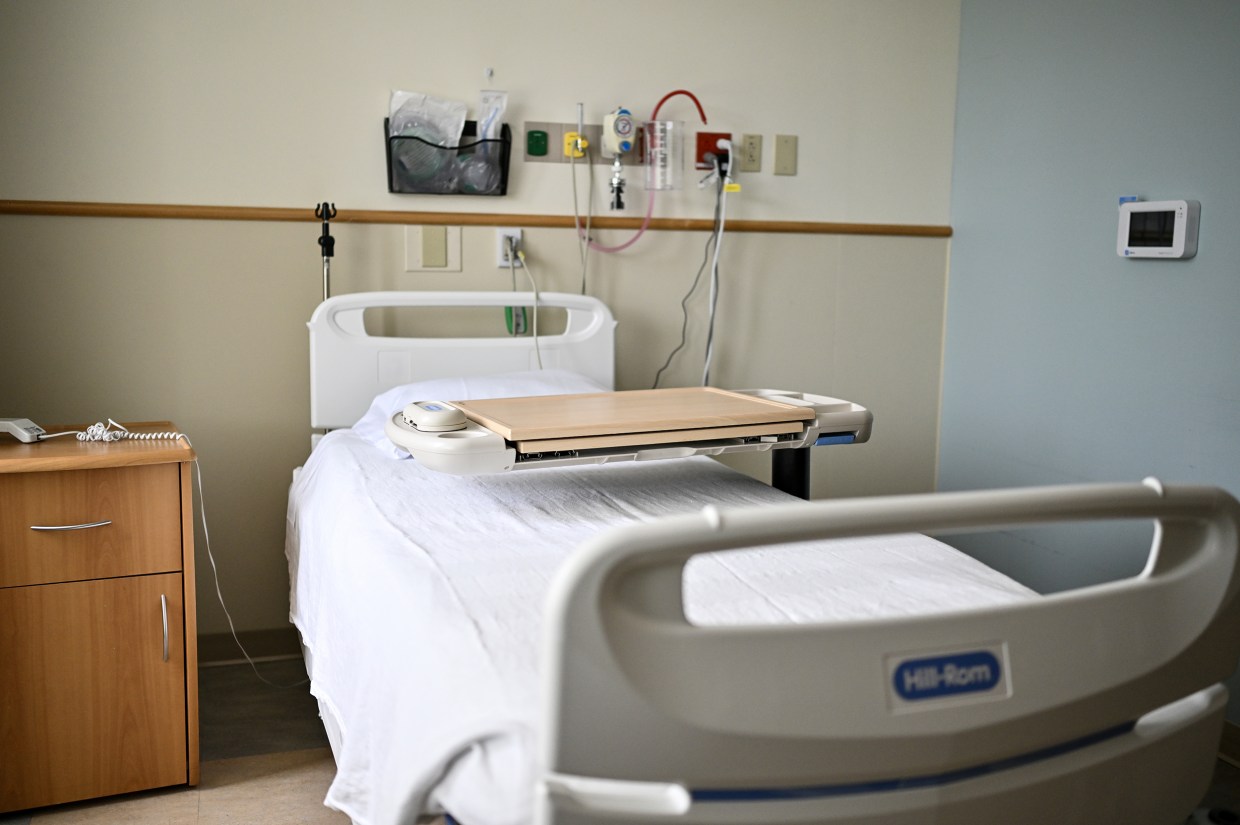A recent study examining the financial breakdown of Medicaid has found that emergency Medicaid spending constitutes a surprisingly small portion of the overall expenditures. While Medicaid is widely recognized as a vital safety net for low-income individuals and families, the portion dedicated to emergency care remains relatively low. The research, which looked at Medicaid’s total expenses over a defined period, highlights the complexity of the program’s financial allocation, pointing to the importance of understanding the broader scope of Medicaid’s funding distribution.
Comprehending Medicaid’s function within the United States healthcare framework
Medicaid, one of the United States’ primary public health programs, serves millions of low-income individuals, providing essential healthcare services ranging from routine check-ups to major medical treatments. With its extensive reach, the program’s expenses are substantial, covering a broad range of healthcare needs. However, despite the frequent association of Medicaid with emergency care services, the study reveals that less than 1% of Medicaid’s total expenditure is allocated to emergency medical services.
Comprehending the financial framework of Medicaid is crucial for decision-makers, medical professionals, and the general population. The disclosure concerning urgent expenditures could change how Medicaid’s goals and applications are viewed, particularly because numerous individuals consider emergency services to be a fundamental element of the program. Nonetheless, this research questions that belief, providing insight into the actual allocation of Medicaid’s financial resources and identifying where most of the funding goes.
Why emergency services represent a small portion of costs
The healthcare system in the U.S. is complex, and Medicaid plays a significant role in supporting individuals who otherwise might not have access to necessary medical care. However, it’s important to recognize that the program’s financial resources are stretched across a wide range of services, not just emergency care. For instance, a significant portion of Medicaid’s budget goes toward long-term care services, prescription drug coverage, and preventative health services, which are often more cost-intensive than emergency treatments.
While emergency services are crucial, especially for those in immediate need of care, they represent only a fraction of the expenses borne by Medicaid. Emergency care is typically short-term, but the long-term needs of Medicaid recipients, particularly the elderly and disabled, demand a larger portion of the budget. This includes hospital stays, nursing home care, and other extended services that require ongoing financial support.
The small share of emergency spending also raises questions about the availability and accessibility of emergency medical services under Medicaid. Some critics argue that the relatively low percentage of emergency-related funds could mean less focus on urgent care when people need it the most. Others, however, may argue that the allocation of resources is a reflection of a broader trend within the healthcare system where emergency services, while critical, are often a reactive measure rather than a preventive one.
Potential impacts on the future financing and focuses of Medicaid
The results of this research might significantly influence the distribution of Medicaid funding moving forward. If a large part of the program’s budget isn’t directed towards urgent medical care, decision-makers might have to reconsider the approach to balancing short-term health services with the requirements for long-term care. This might result in changes to funding priorities to guarantee adequate support for both urgent and continuous care, thus avoiding potential deficiencies in the system.
The challenge will be to maintain Medicaid’s ability to provide emergency care when necessary while ensuring the program’s long-term sustainability. As healthcare continues to evolve in the U.S., understanding the financial distribution of programs like Medicaid will be crucial for making informed decisions about how to best serve the needs of vulnerable populations.
An expanded perspective on Medicaid’s effects
The discovery that emergency Medicaid expenditures account for under 1% of the program’s overall costs highlights the intricate nature of Medicaid’s funding framework. Although emergency services are crucial, Medicaid predominantly emphasizes a range of offerings aimed at meeting sustained health demands. According to the study, it is vital for decision-makers and involved parties to persist in analyzing how funds are distributed within the program to guarantee the effective satisfaction of both urgent and prolonged care requirements.





